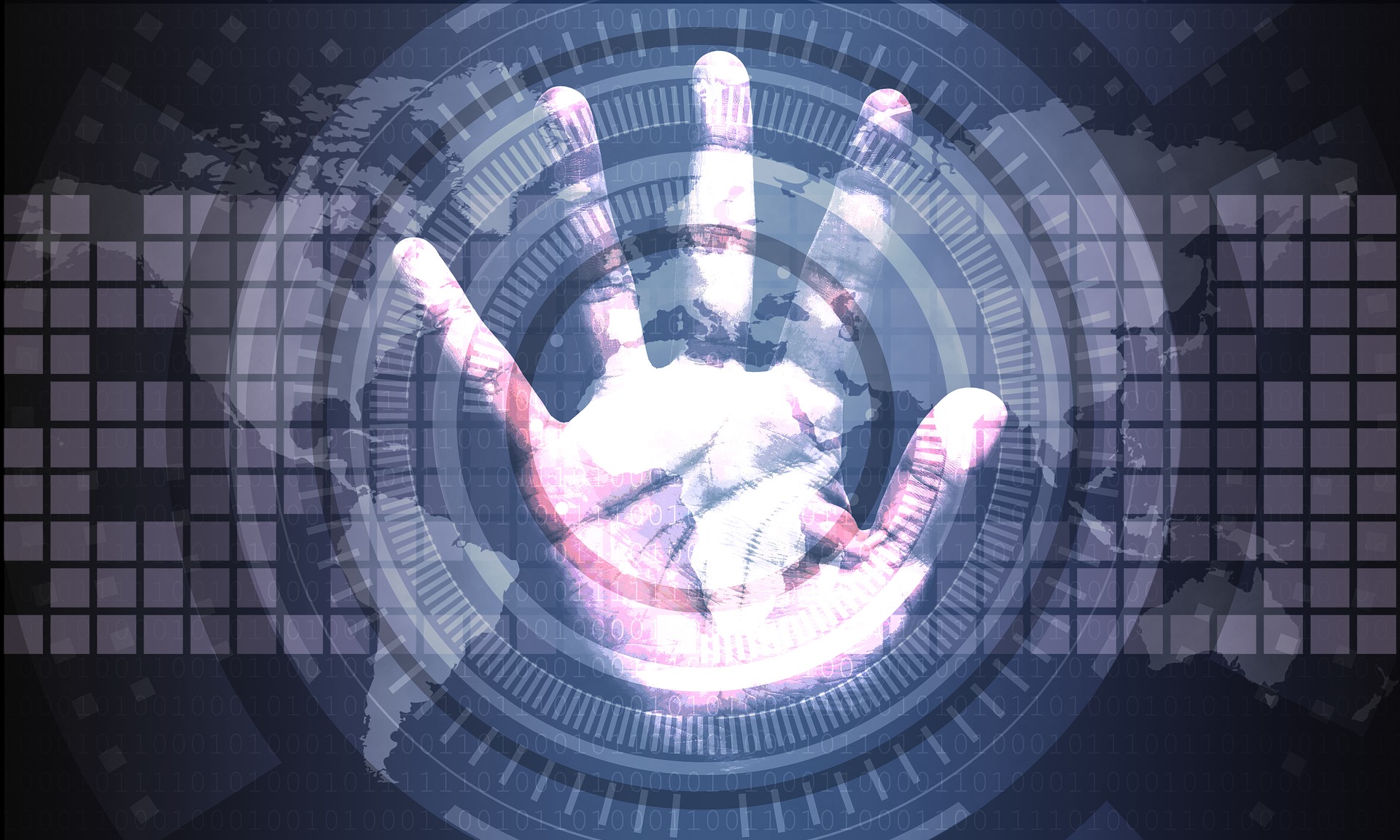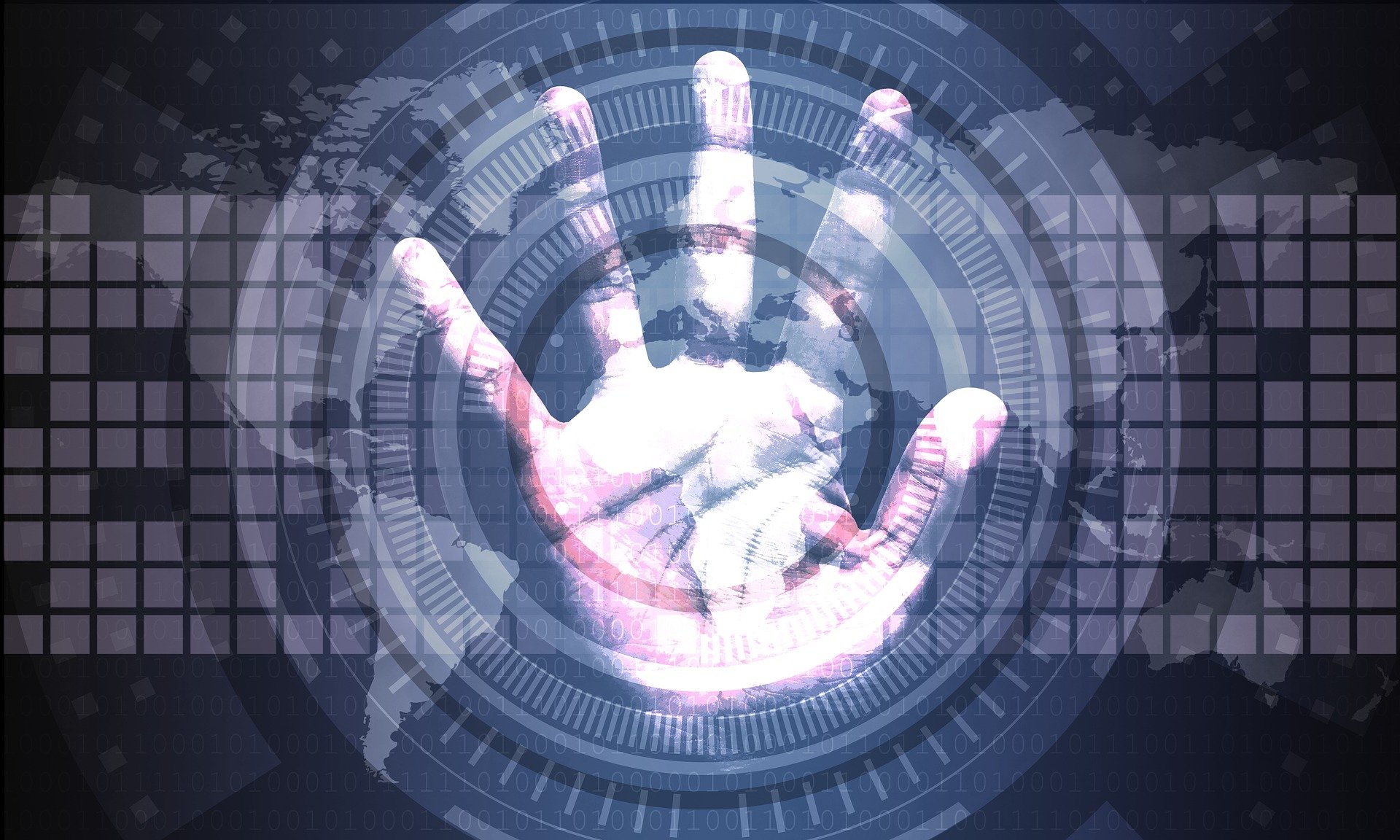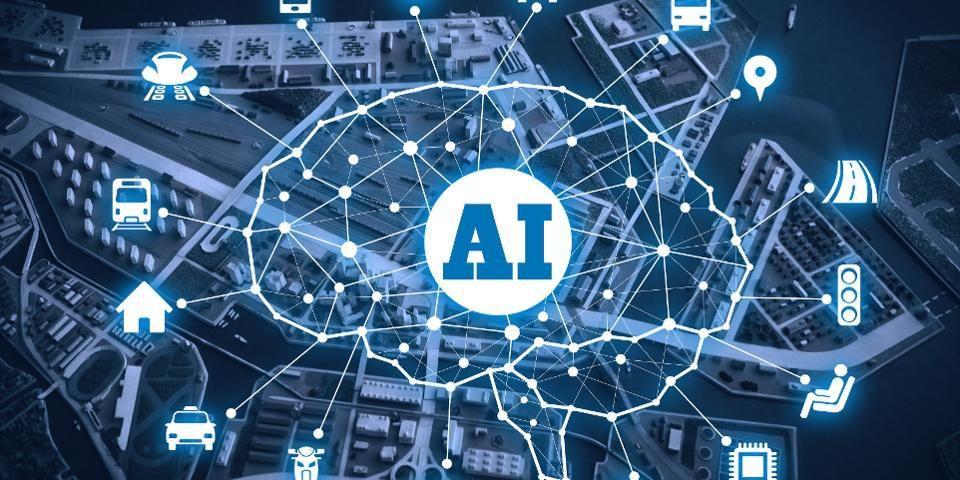5 min read
5 Big Data and Cloud Security concerns to watch out for in 2019
Anurag : Feb 4, 2019 12:00:00 AM


As we are growing with technology, security would undoubtedly strike our path. Taking a look at the points of interest clouds give, organizations are rapidly hustling up the stairs with no impressive security contemplations. As anticipated by Gartner, 99% of threats through 2020 that could increase will be from the IT Enterprises for only security matters. By the following year, it could be troublesome for small firms to make sure their data is exceptionally secured and is proposed for particular uses in compliance with GDPR.
Businesses are moving a more significant amount of their big data analytics outstanding burdens to public clouds and creating more greenfield applications for these conditions. Notwithstanding the rate of tech advancement, it's likely that nothing is shifting quicker than the cybersecurity uproar. Indeed, even as organizations strike down one security danger, three additional plans appear to spring up to have its spot and test cyber-defenses at every step of the way.
Anyway, what does 2019 is looking forward to with regards to digital dangers? Let’s discuss the five dominant big data and cloud security concerns of this year.
1. Ransomware and IoT
Law-breakers are progressively benefitting from ransomware — encoding an individual's data and after that asking ransom for giving the encryption key.
The ISF (Information Security Forum — a philanthropic organization that analyzes and researches security and risk management concerns) trusts that throughout the following years, cybercriminals will progressively concentrate their ransomware endeavors on smart gadgets associated with the Internet of Things (IoT). Cybercriminals may hold particular gadgets for payment. However, the ISF assumes they will likewise utilize the gadgets as passages to introduce ransomware on different systems and devices all through the associations.
Such attacks can possibly disturb business activities and automated generation lines though they could likewise prove to be fatal in case that they influence vehicle parts or medical implants.
To fight with the issue connected gadgets need to work with their clients to approach security vulnerabilities and, at the very least, guarantee that fundamental security traits are activated continuously. All associations need to distinguish how they at present utilize connected gadgets, how they intend to expand use later on and what the effect would be in case that at least one gadget is influenced by ransomware.
2. Cyber warfare
The truth is, digital attacks between countries do occur, and it's a situation of "give and take." It’s the reality of the world we are living in; these are acceptable sorts of conduct. Though the fact is, at present, that won't really prompt war. Still, despite everything, somebody stands to profit.
The subject of cyber warfare is a huge one, with various subtopics getting awareness from the research community.
In particular, they are attacking the contractors, third-party business, and financial organizations. That is the reason cybersecurity is so critical; there should be an awareness that someone may take away your data for financial gain. It may be someone taking your information for political gain as well, and securing that information is similarly as important, paying little regard to who is stealing it.
Cyber-attacks can be practiced for multiple purposes, for instance, spying, manipulation, destruction through cyber bombs and scams.
Cyber warfare attacks possess the potential to damage all types of systems operating on the Internet into chaos in a short time. Among them are frameworks that are parts of everyone's lives like banking, aviation, railway, hospitals, water systems, and electricity networks.
Both in terms of states’ safety and peace as well as human life, it is vital to completely comprehend the cruelty of the extent these cyber-attacks and distinguish its correct solutions.
Presently, while state-hacking isn't really an out and out affirmation of war nowadays, it doesn't finish there. The trickle-down impact of country state hacking is especially worrying, as complex techniques utilized by different governments, in the long run, discover their system under the control of clever cybercriminals who usually are keen on attacking both people and organizations.
3. AI-powered attacks
Artificial Intelligence can "learn" – to logically adjust its code from the data gathered without outside programming, so there is less space for mistakes. It likewise figures out how to promote its strategies, avoids countermeasures sent, continuously, getting progressively productive and accurate.
But AI fueled cybersecurity attacks will form the digital practices for all enterprises all over the globe. As revealed by Webroot, about 87% of US cybersecurity experts use AI in their cybersecurity system. 91% of cybersecurity experts are worried about the utilization of AI in digital attacks.
Also, voice-powered digital assistants are making their way in homes as well as offices — everywhere – and are transforming everything ranging from banking to retail. However, as with any latest technology, they too express a new risk vector.
This possibility to control the devices in office or home will not go overlooked by cybercriminals, who will attack in the form of malicious code created to engage not only IoT devices yet the digital assistants as well which are furnished with so much license to address to them.
This capability to control and monitor infected IoT devices, like the smartphones, digital assistants and routers, could bring bad players into the home.
4. Presence of untrusted mappers
When your big data is gathered, it experiences parallel handling. One of the strategies utilized here is the MapReduce paradigm. At the point when the information is divided into several volumes, a mapper forms them and dispenses to specific storage alternatives. In case that an outsider approaches your mappers' code, they can replace the settings of the current mappers or include 'ALIEN' ones. Thus, your data handling can be successfully destroyed - cybercriminals can make mappers deliver inept lists of key or value sets. It is the reason the outcomes raised by the Reduce procedure will be flawed. In addition, outsiders can gain access to sensitive data.
The issue here is that getting such access may not be excessively troublesome since, for the most part, big data advances don't give an extra security layer to secure information. They typically will, in general, depend on perimeter security frameworks. In case those are broken, your big data turns into a low hanging product.
5. Hybrid cloud
A hybrid cloud environment carries with it guarantees of selection and adaptability, enabling IT pioneers to keep information in whichever condition that works best for that information - from both a security and cross-breed point of view. Also, the chance to keep a few sorts of crucial or sensitive data, for example, personally identifiable information (PII) - on premises while as yet grasping the tremendous capability of public and private clouds is difficult to turn down.
Nonetheless, likewise with any change to a business system, getting a hybrid cloud system implies taking a look at the security operations as of now set up and how they should be accustomed.
At the point when done appropriately, a hybrid foundation ought to help enhance a firm's security stance. Notwithstanding, security must be a noticeable part of your general hybrid cloud procedure, or you may present new threats without finding a way to remove them.
To protect and at last receive benefits from the hybrid cloud, organizations ought to endeavor to automate everything without exception they can, performing not just infrastructure but even the security as code too. Automation technique will give repeatability and the capacity to share and check, all of which will prompt making it simpler to pass security reports.
How do you tackle these?
While Big Data and cloud computing provide numerous positive advantages, they likewise present a few one of a kind of security challenges. No doubt cloud systems are significantly more secure now than at any time before, and they keep on getting much secure as adoption increments.
In any case, security is a two-way road, and the clients of cloud computing systems and Big Data frameworks have the same amount of a task to carry out in data security as the sellers. By making explicit strides, for example, to make AWS previews for crash recovery, and following more extensive guidelines, such as performing due attention, businesses can guarantee to proceed with the security of their information, paying little heed to the frameworks on which it is prepared, saved, and interpreted.
It’s necessary to be more careful of cyber-security at an organizational, as well as, on a personal level. Companies that put resources in security standards to reduce the threats of a data breach will surely have an aggressive edge.
The issue requires to be undertaken by the joint efforts of private and public union and with global bodies using a more stringent plan to cyber crimes. Regulatory laws should be upgraded while promoting awareness and education about increasing cyber threats. Keeping in mind these big data and cloud security threat trends could be a vital advantage to the organizations to secure their enterprises from cybercriminals.

Technology trends to look forward to in 2020
Thinking about the future is an exciting experience and technological trends pick up fast: the concept of universal digital transformation soon...




